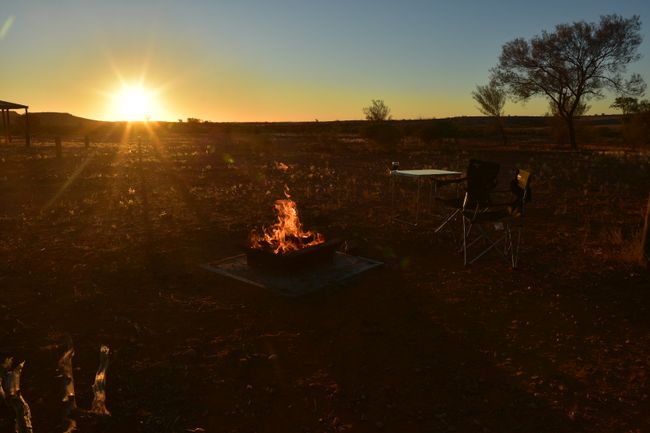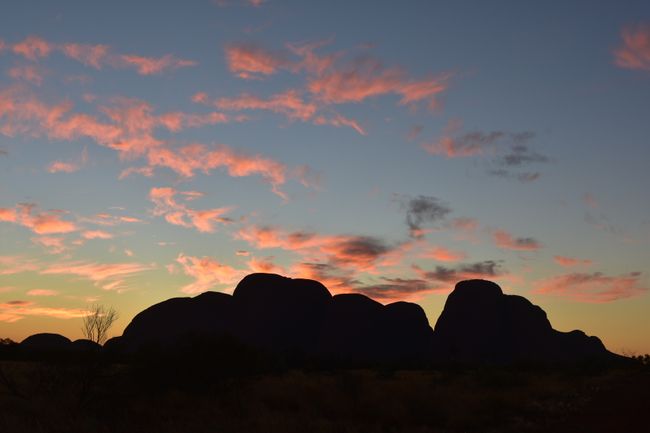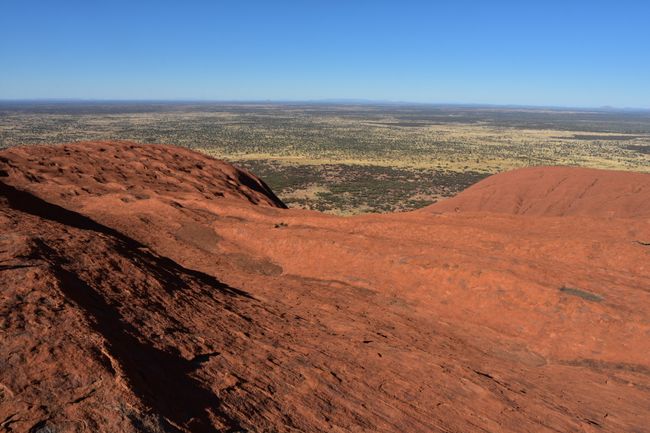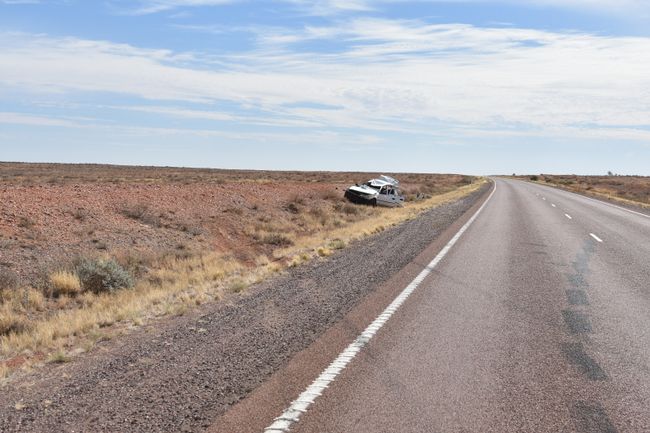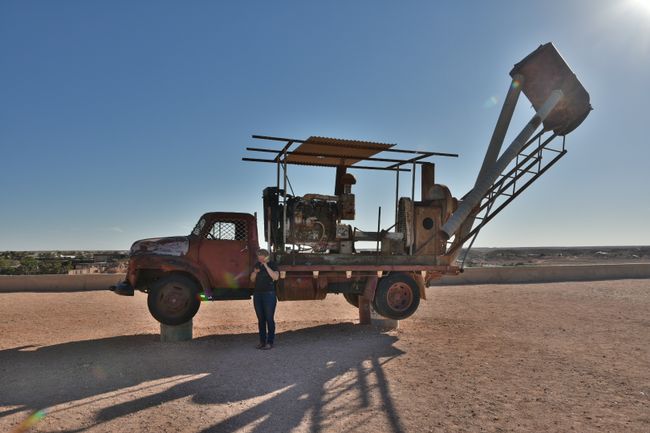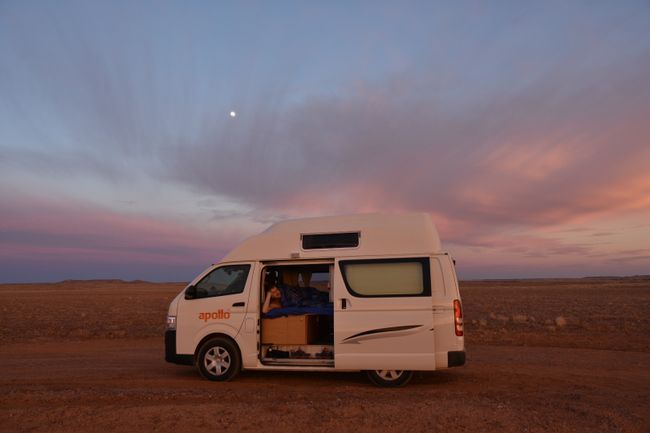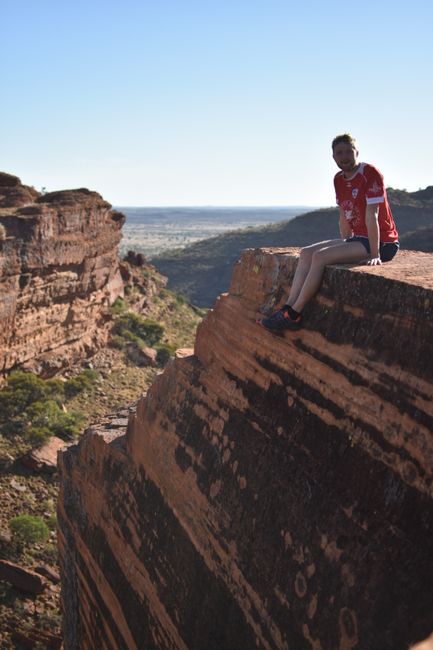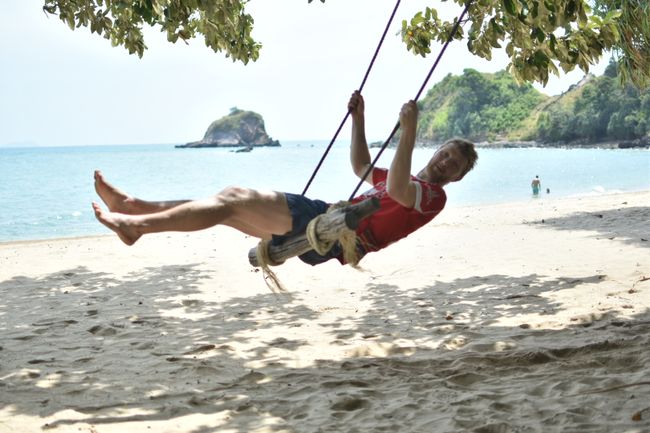
backpackmysabbatical
vakantio.de/backpackmysabbatical
19. Australia - Alice Springs and the Desert
Ebimisami: 12.05.2018
Abonnez-vous na Bulletin ya Sango
We have planned the following route for our campervan tour through Australia: Adelaide -> Alice Springs (Central Australia) -> Cairns -> Brisbane -> Sydney.
On the 1400 km long way to Alice Springs lies the opal mining town of Cooper Pedy. The journey there alone was very impressive. Emus, kangaroos, and dozens of huge wedge-tailed eagles (1.5m wingspan or more) line the increasingly remote and drier environment along the road, along with car wrecks, road trains (up to 53m long trucks), and much more.
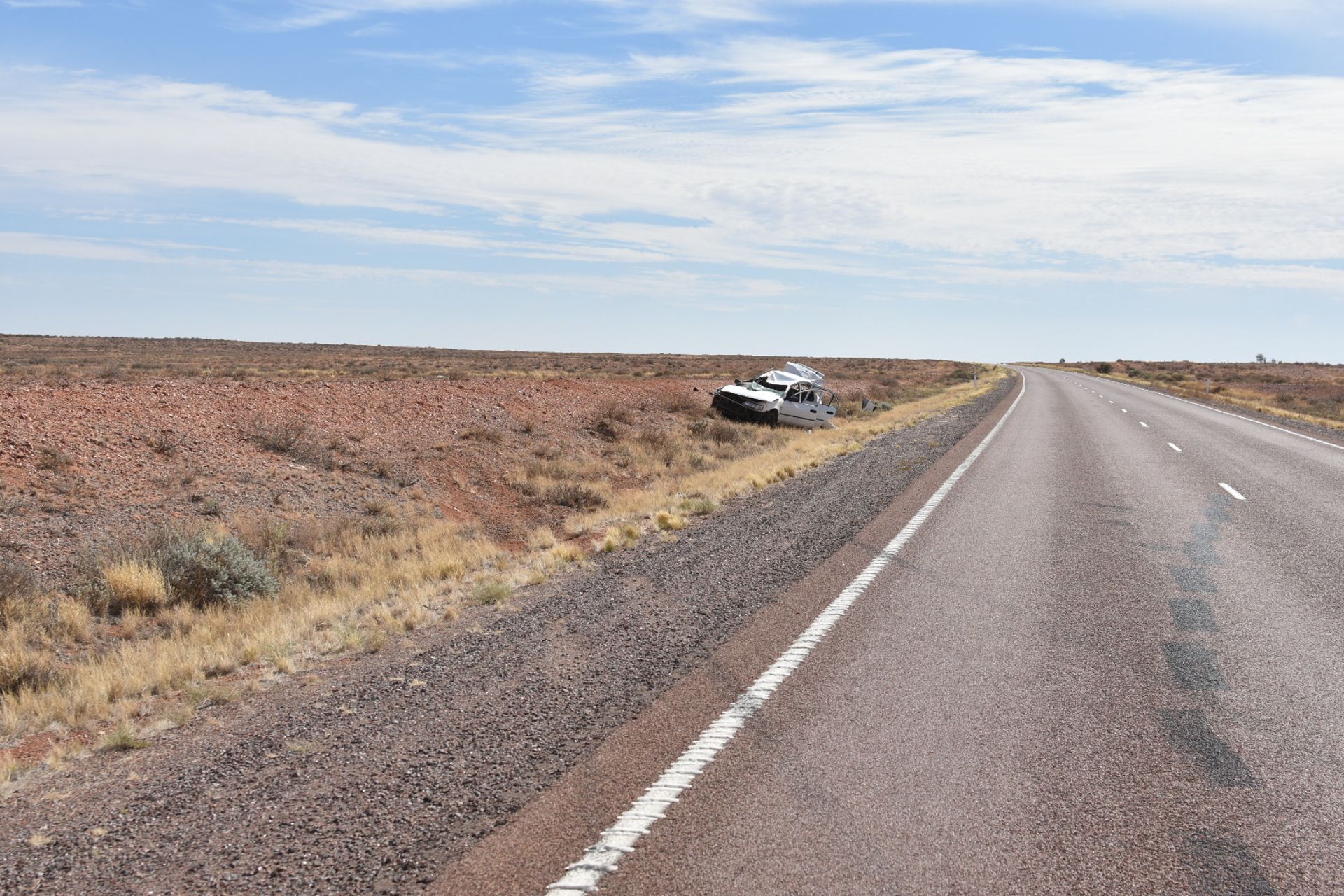
Unfortunately, many of the animals are also run over, and this sight on the asphalt was more than unusual. We even witnessed a collision between a kangaroo and a camper trailer in front of us. We stayed overnight at rest areas, sometimes with a campfire and sometimes with a view of a salt lake.
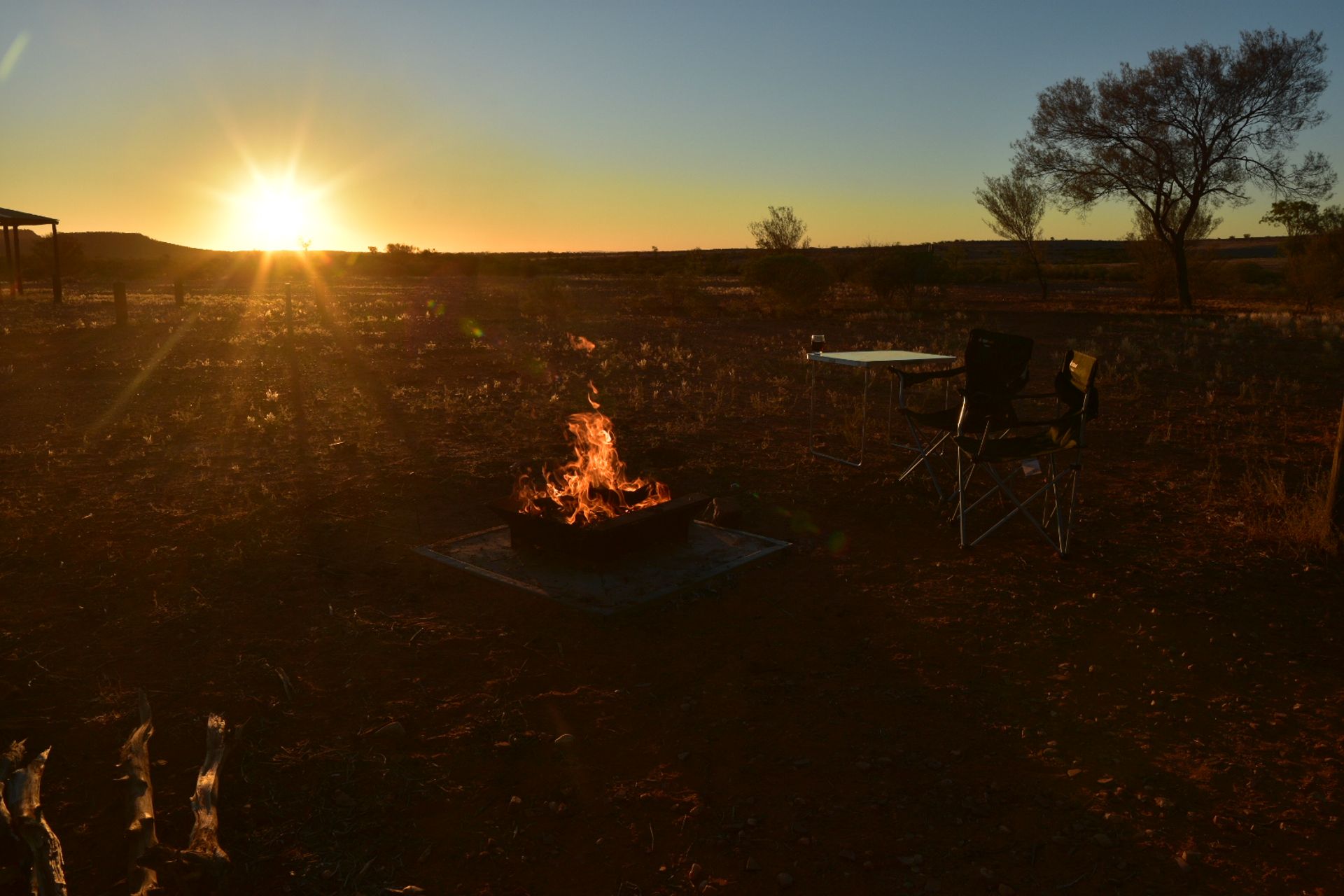
We quickly got used to sleeping in our small campervan and enjoyed being woken up by the rising sun.

Cooper Pedy is a chaotic conglomerate of houses, opal jewelers, and yards. Many of the houses have rooms underground, dug into former mine shafts. The whole region around the town is pockmarked with millions of holes, and there are plenty of old, rusty opal mining vehicles around.
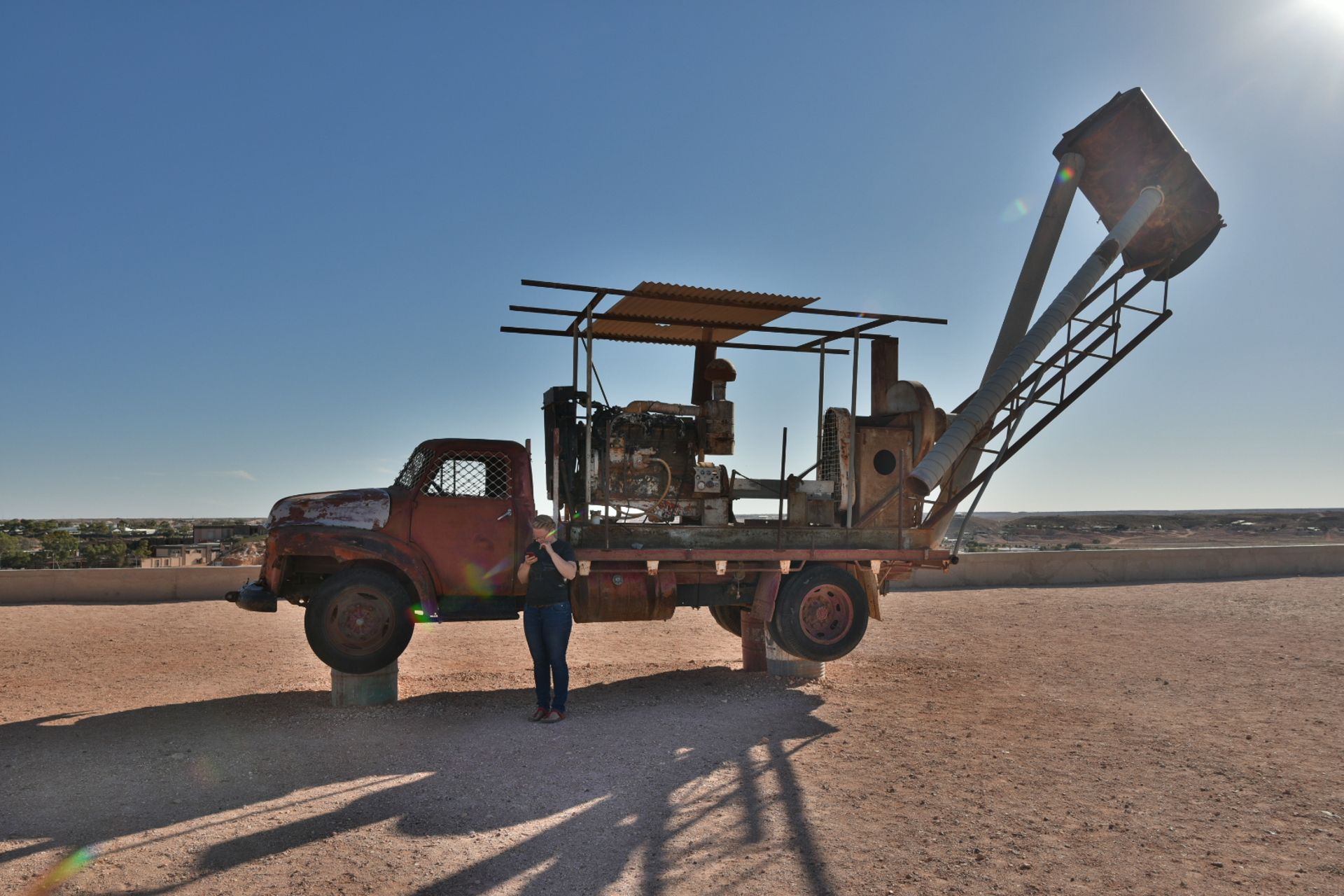
On the way from Cooper Pedy to Alice Springs, hundreds of kilometers to the left are scattered Uluru (Ayers Rock), Kata Tjuta, and Kings Canyon.
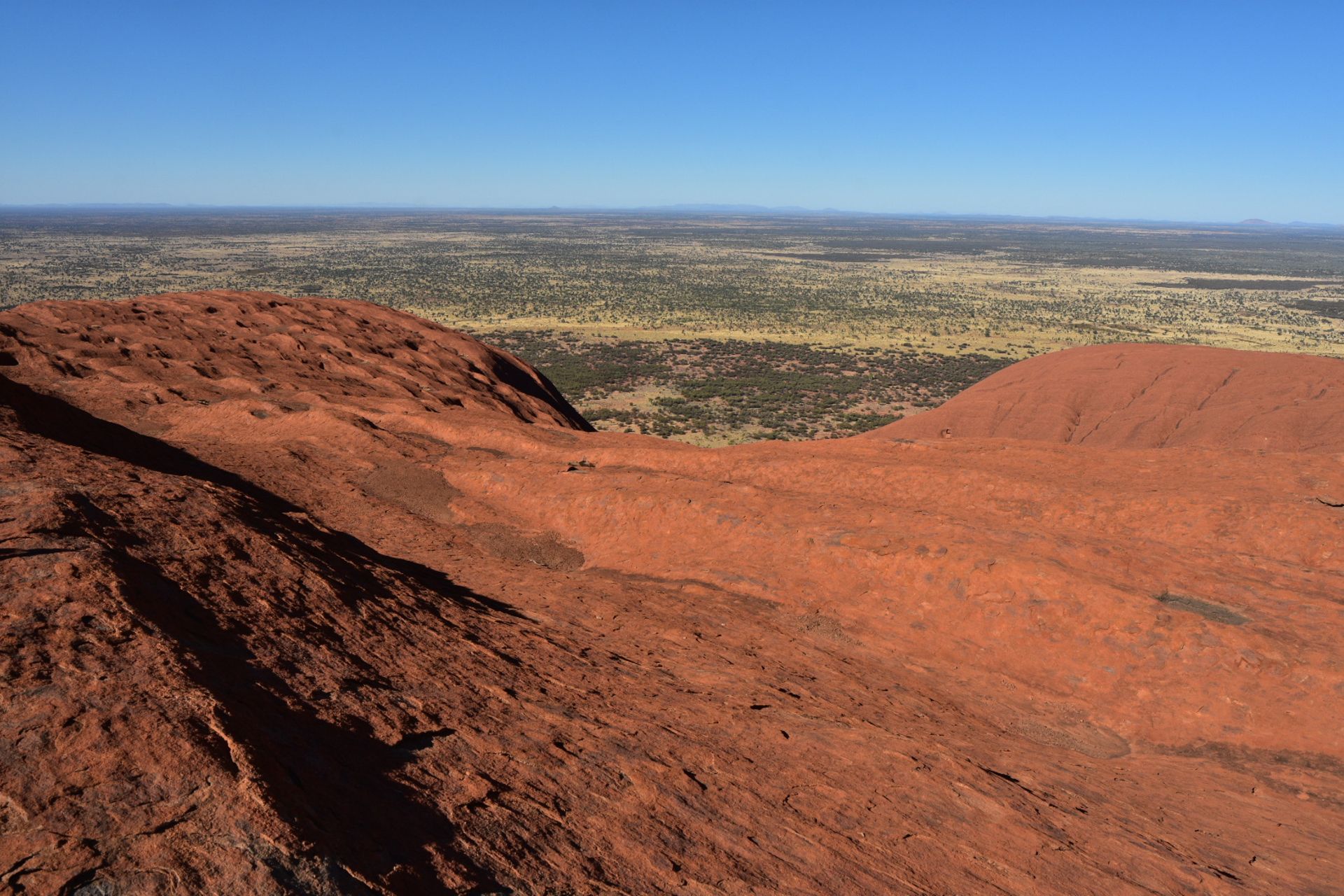

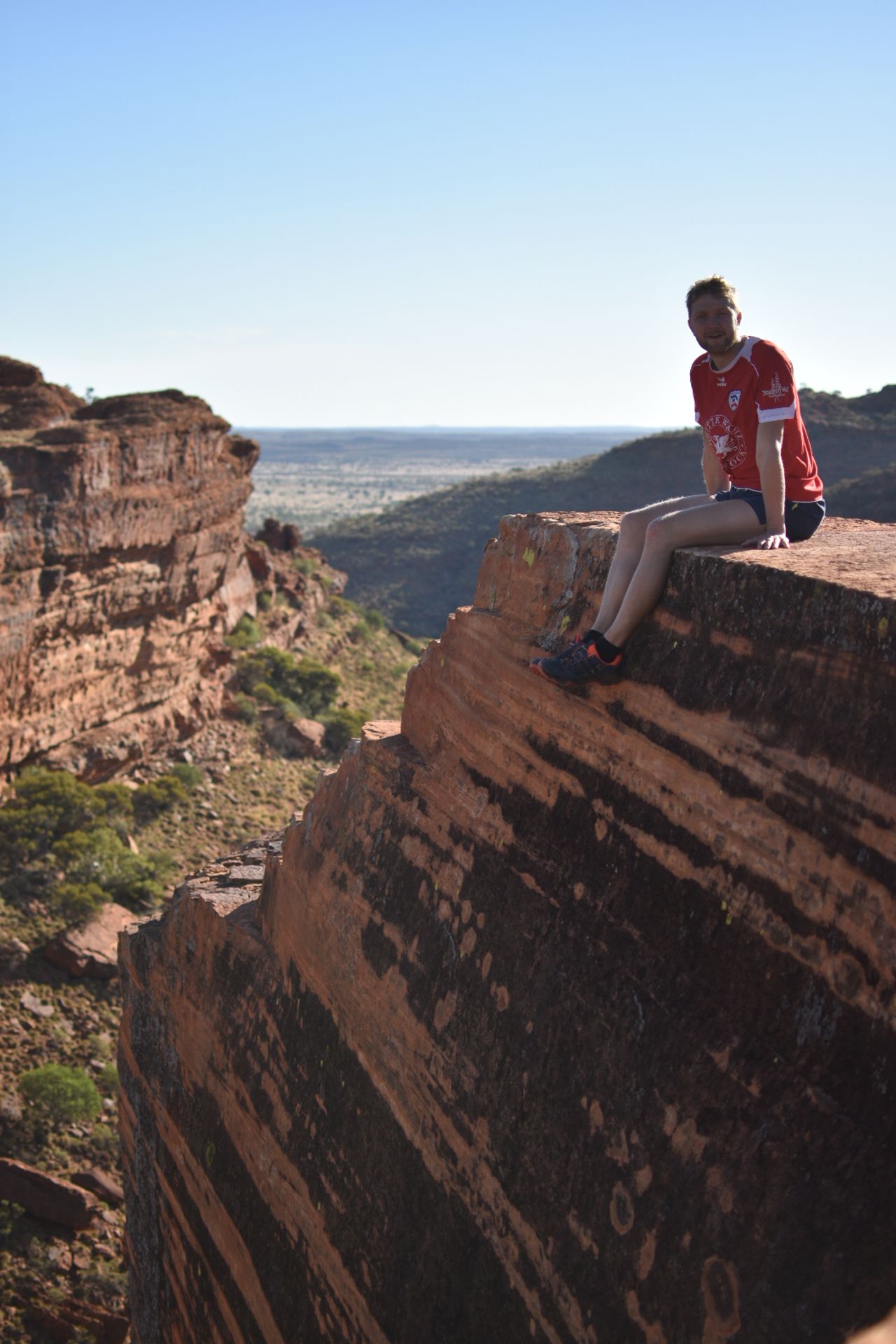
At Kings Canyon Gorge
I found Uluru in particular very impressive, from a distance it looked like a huge landed spaceship, up close it enchanted with its color and peculiar, curvy rocks and its sheer height above the desert sand. I also walked around Uluru. Again, because of the red color and the peculiar shapes, I had the impression of being on Mars, with a view of the Outback at least 150km further. The latter helped me to grasp the vastness of this region a little bit.
From Alice Springs, we took a longer trip to an even more remote place called Hermannsburg. This was a former German Lutheran mission founded in the 1880s. Much of the missionary attempts on the local Aboriginal people can be excellently understood there. Overall, it paints a detailed picture of how the intrusion of the white settlers erased the way of life, culture, traditions, and religion of the Aboriginal people who have been living there for 20,000 years (partially).
In the region, we also saw two snakes, camels, and dingoes (as well as the longest fence in the world, which is intended to prevent their invasion into southern and eastern Australia).
We didn't have any real contact with Aboriginal people, but their extreme social disadvantage is also obvious. Somehow, we missed an expressive representation of the Aboriginal people (in the exhibitions we visited), and therefore we hardly understand why the Aboriginal people live the way they do today (all in relation to Central Australia).
Overall, I found Central Australia very worth seeing.
Abonnez-vous na Bulletin ya Sango
Eyano
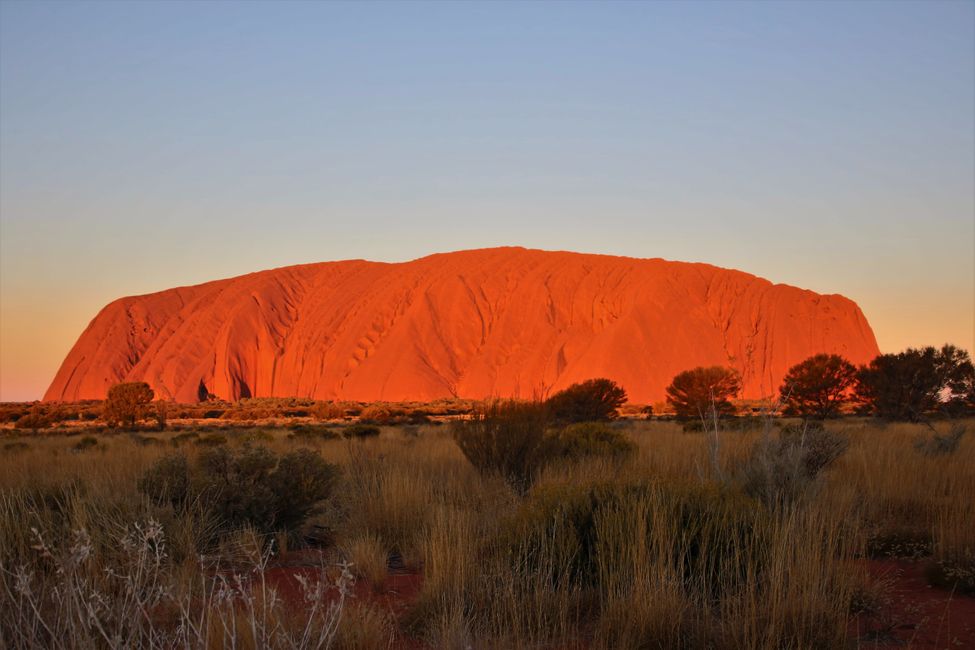
Lapolo ya mobembo Australie

